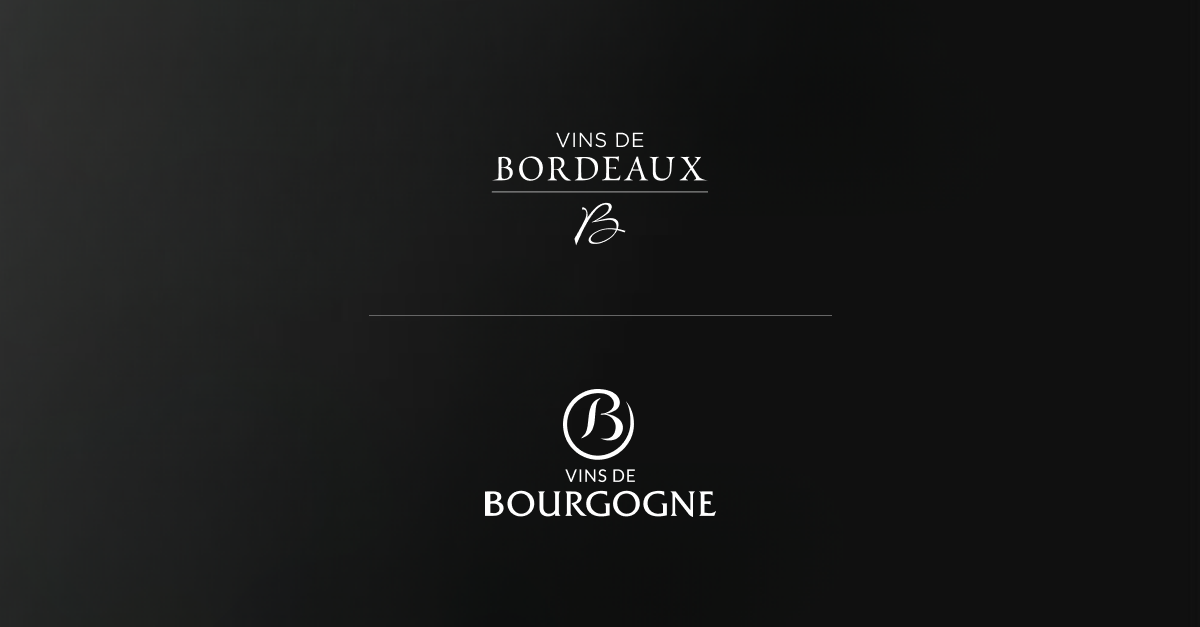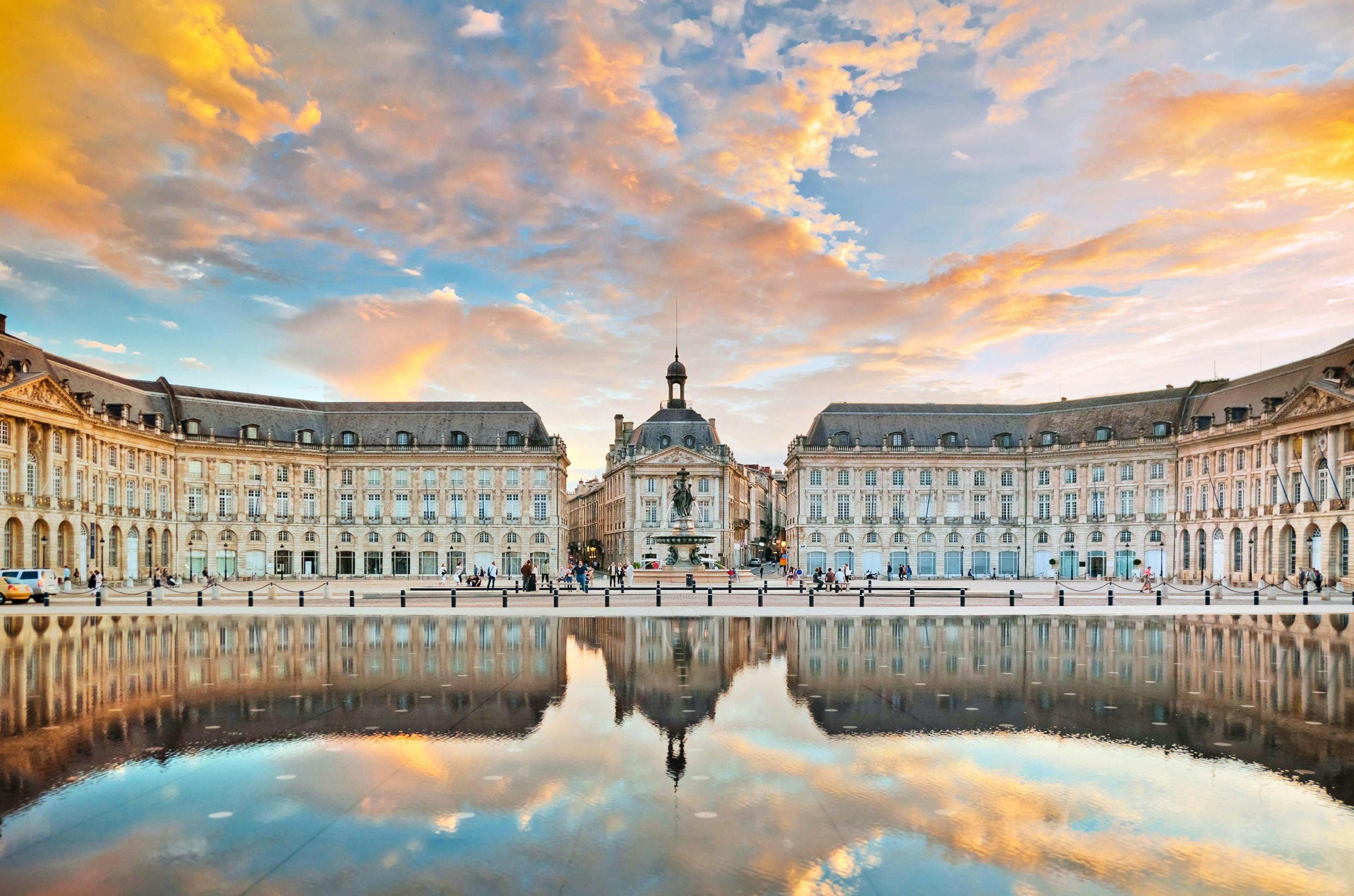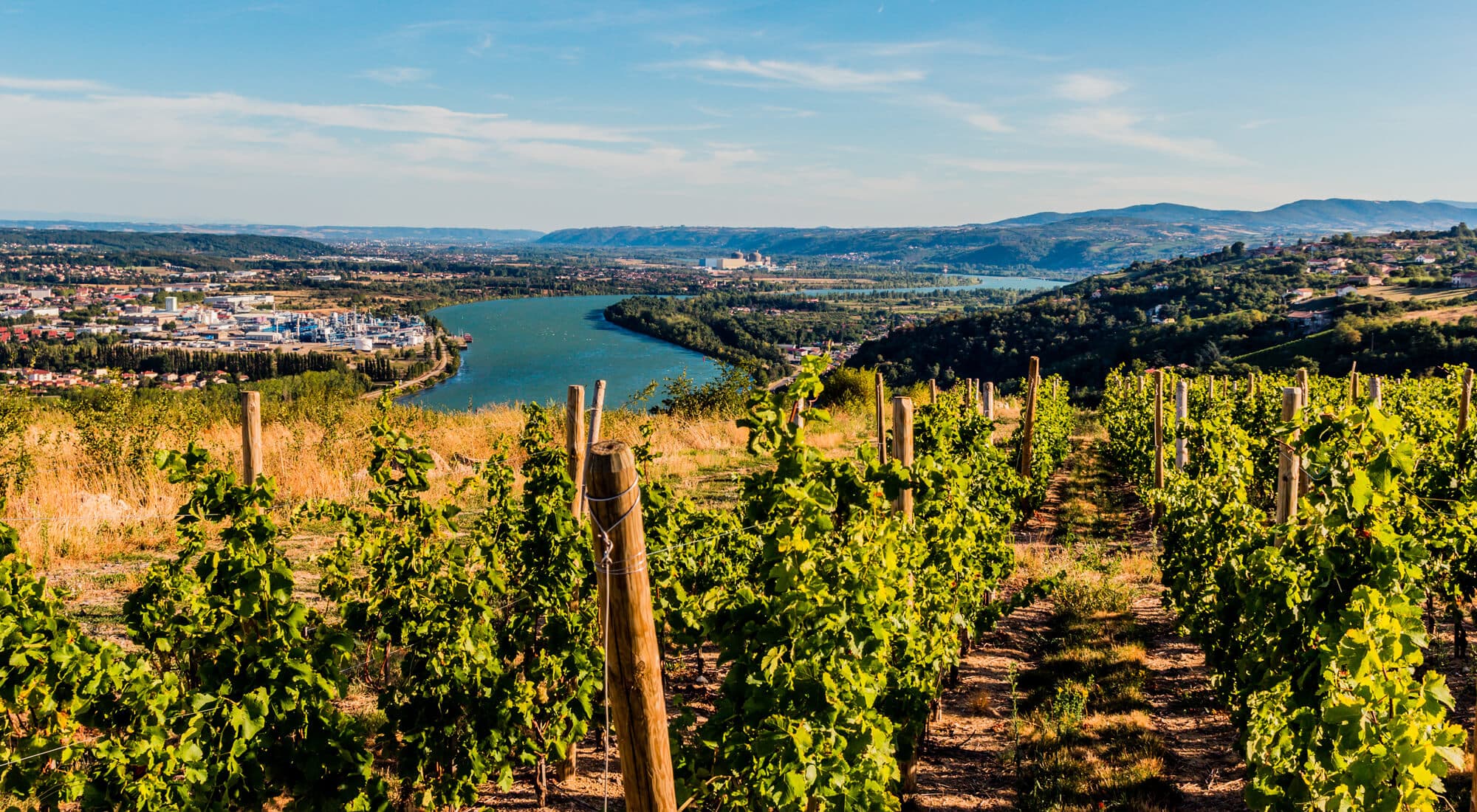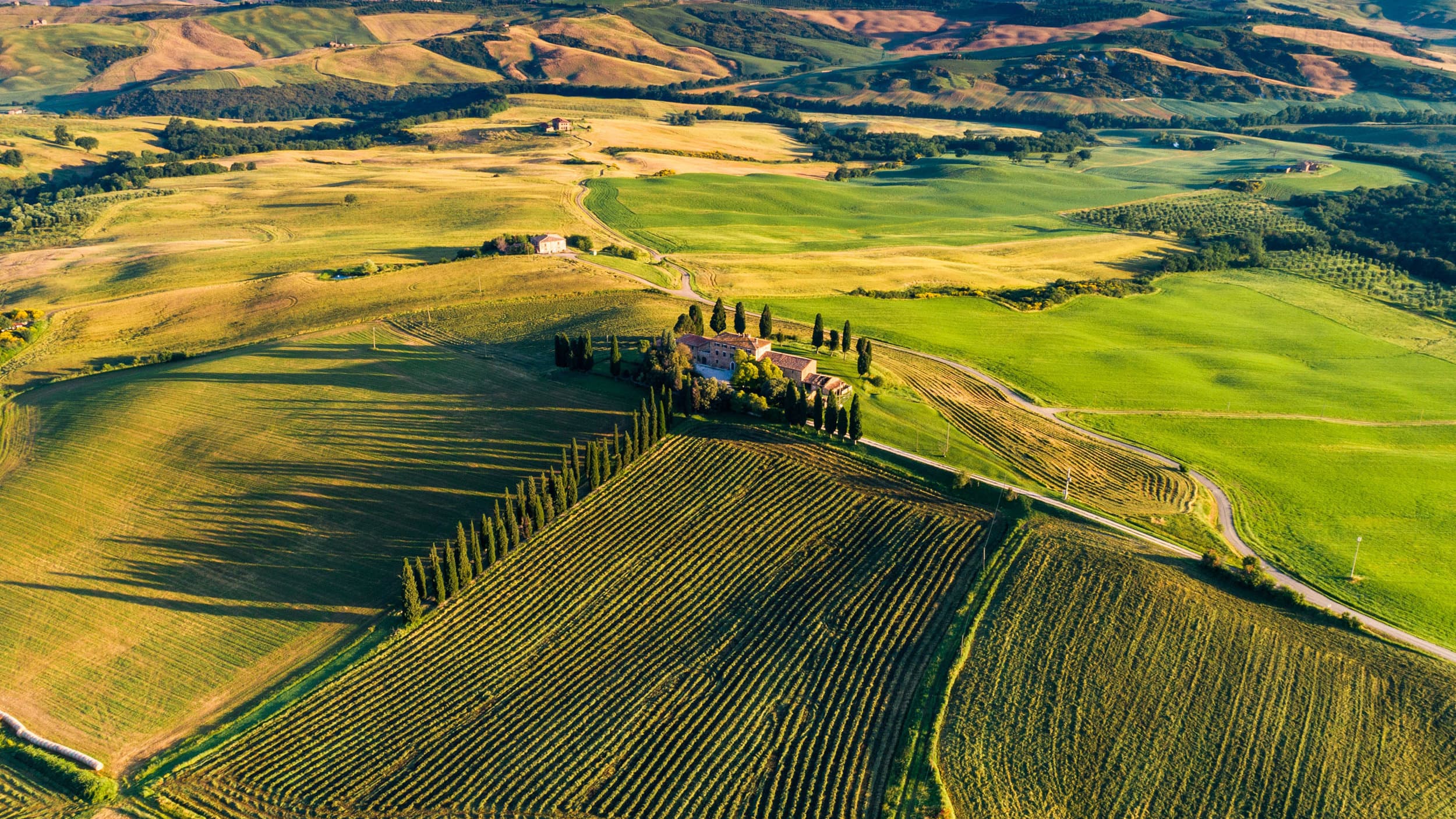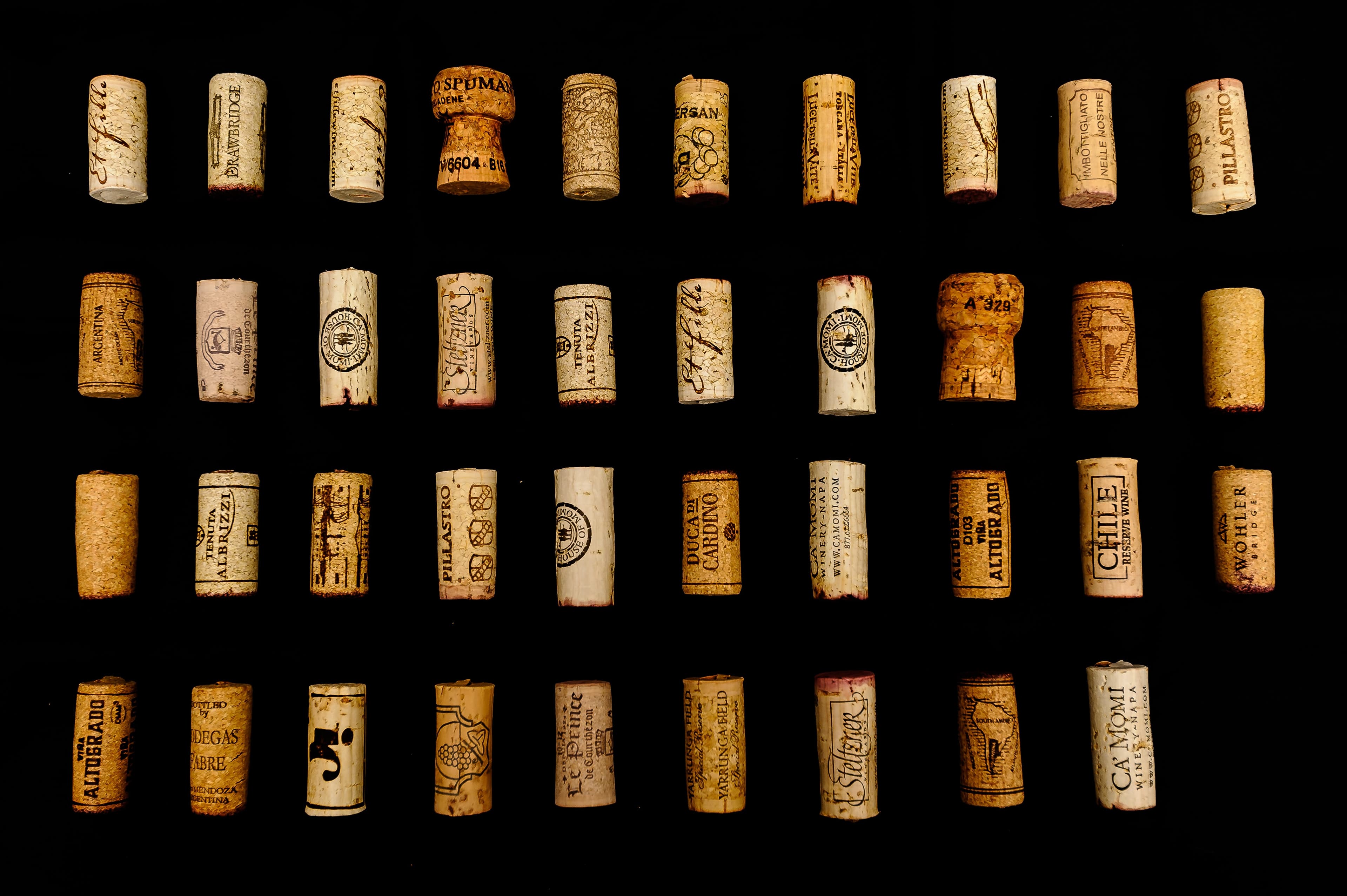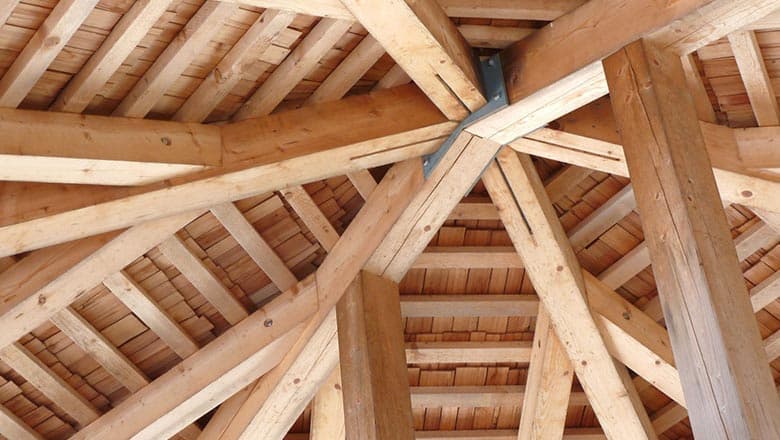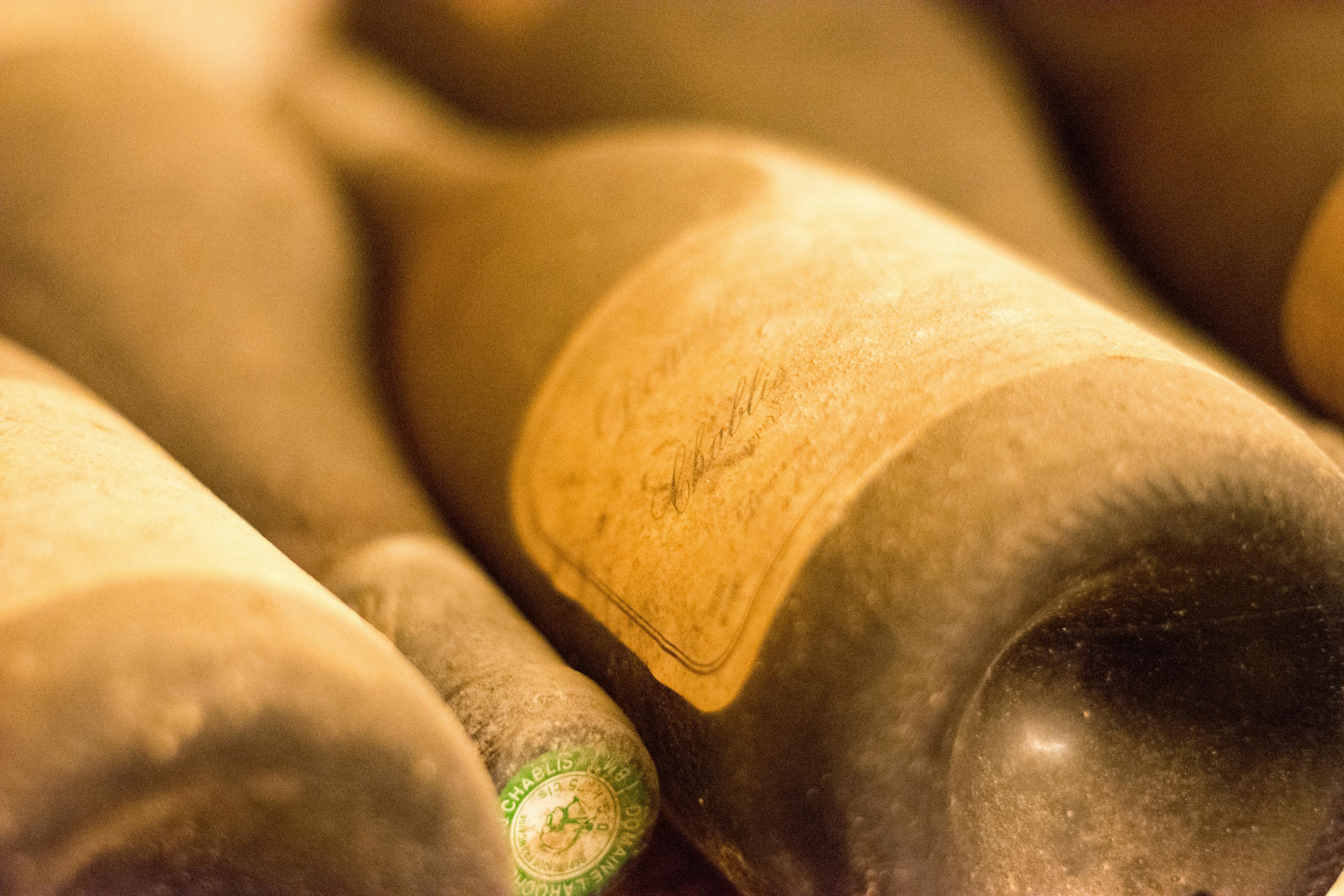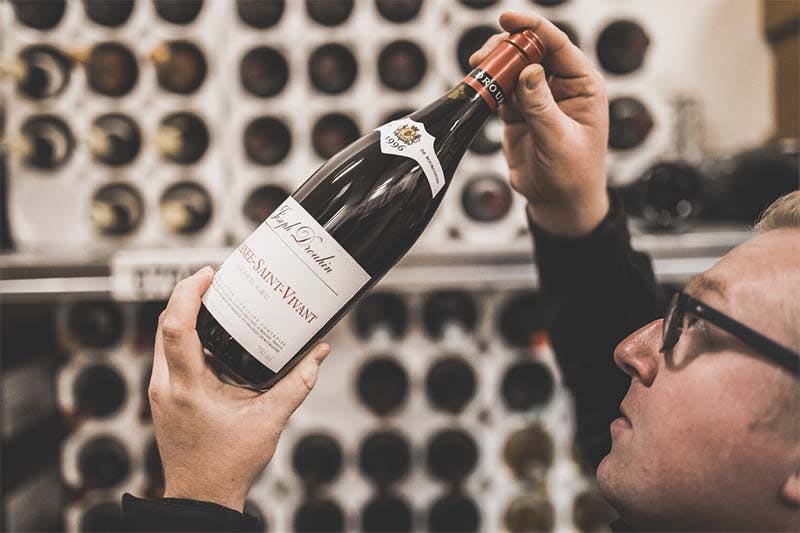The Terroirs of Burgundy: Understanding the Concept of Climat
6 min read
Head of Content

Burgundy, a world-renowned wine region, owes its reputation not only to its emblematic grape varieties like Pinot Noir and Chardonnay, but also to the exceptional diversity of its terroirs. At the heart of this richness lies the unique concept of “climat”, a source of pride for Burgundian winemakers, contributing to wines of unparalleled complexity and finesse.
Definition of a Burgundy
The concept of a climat in Burgundy goes beyond mere weather considerations. It encompasses a set of factors that define the identity of a vineyard plot and directly influence the quality and character of the wine produced there.
Origins and History of the
The term climat in the Burgundian viticultural context dates back to the Middle Ages. The Cistercian monks, pioneers of viticulture in the region, were the first to observe and document the subtle differences between vineyard plots. Over centuries, this empirical knowledge evolved into a precise mapping of Burgundy’s climats.
Historian Jean-François Bazin, in his book Histoire des vins de Bourgogne (2002), highlights that by the 14th century, Burgundian winemakers had already identified and named numerous climats. For example, the “Chambertin” climat is mentioned in documents dating back to 1358, showcasing the longstanding tradition of plot-specific approaches in Burgundy.
Geological and Topographical Characteristics of a
Each Burgundy climat is distinguished by its unique geological and topographical features. Soil composition, drainage, sun exposure, and slope all define a climat.
The Côte d'Or, the heart of Burgundy’s wine production, presents remarkable geological diversity across a relatively small area. The soil types vary from limestone and marl to clay and even granite in certain areas. This variety stems from the region’s complex geological history, marked by marine sedimentation and tectonic uplift.
Take, for example, the famous Romanée-Conti climat in Vosne-Romanée. This grand cru, covering only 1.8 hectares, sits on mid-Jurassic limestone with a thin layer of red clay. This unique composition, combined with ideal southeast exposure, contributes to one of the most prestigious wines in the world.
Influence of Microclimate on the Vineyard
The microclimate plays a crucial role in defining a Burgundy climat. Each plot enjoys slightly different climatic conditions, influenced by factors such as altitude, exposure, and proximity to forests or water bodies.
For instance, the climat “Montrachet,” spanning the communes of Puligny-Montrachet and Chassagne-Montrachet, benefits from southeast exposure, capturing early morning sunlight while being shielded from cold northern winds. This privileged situation aids in producing exceptionally rich and complex white wines.
According to a 2018 study by the Bureau Interprofessionnel des Vins de Bourgogne (BIVB), the average temperature during grape ripening can vary by 1 to 2°C between neighboring climats, a difference sufficient to significantly affect the final wine’s aroma profile and structure.
Read also : "Burgundy Appellations"
Famous
The Côte de Nuits, the northern part of the Côte d'Or, is home to some of Burgundy’s most prestigious climats, particularly known for their red wines made from Pinot Noir.
The Great
Gevrey-Chambertin, an emblematic commune in the Côte de Nuits, boasts nine grand crus, each corresponding to a distinct climat. Among them, Chambertin and Clos de Bèze are particularly renowned.
The Chambertin climat, covering 12.9 hectares, has shallow limestone soil over bedrock. This composition, combined with ideal southeast exposure, allows for wines of exceptional power and longevity.
An historical anecdote tells that Napoleon Bonaparte was a fervent admirer of Chambertin wines, once stating, “Nothing prepares one for battle like a bottle of Chambertin,” underscoring the prestige this climat held even in the early 19th century.
Prestigious
Vosne-Romanée is often considered the jewel of the Côte de Nuits, hosting legendary climats such as Romanée-Conti, La Tâche, and Richebourg.
The Romanée-Conti climat, spanning just 1.8 hectares, produces one of the most sought-after and expensive wines in the world. Its soil, composed of limestone and clay with high iron content and ideal southeast exposure, allows for a wine of unparalleled finesse and complexity.
In 2018, a bottle of 1945 Romanée-Conti was auctioned for a record-breaking $558,000, illustrating the exceptional value attributed to wines from this unique climat.
Renowned
Chambolle-Musigny is known for producing some of the most delicate and fragrant wines of the Côte de Nuits. The Musigny climat, a grand cru spanning 10.85 hectares, is especially celebrated.
The Musigny soil, composed of limestone and red clay over fractured limestone bedrock, provides excellent drainage and contributes to producing wines of remarkable finesse and elegance, with a small quantity of exceptional white wine.
Wine critic Clive Coates MW described Musigny as “the most feminine of the grand crus in the Côte de Nuits,” highlighting its delicate and captivating bouquet.
Renowned
The Côte de Beaune, the southern part of the Côte d'Or, is particularly famous for its grand cru white wines made from Chardonnay, although it also produces outstanding red wines.
Legendary
The Montrachet and its neighboring climats (Bâtard-Montrachet, Chevalier-Montrachet, Criots-Bâtard-Montrachet, and Bienvenues-Bâtard-Montrachet) are considered the pinnacle of excellence for Burgundy’s white wines.
The Montrachet climat, shared between the communes of Puligny-Montrachet and Chassagne-Montrachet, spans 8 hectares. Its soil, composed of limestone and marl with abundant stones, provides optimal drainage and a heat-reflective surface beneficial to grape ripening.
Montrachet is often described as the “king of white wines.” Writer Alexandre Dumas, a wine lover, famously said it should be drunk “on one’s knees with head uncovered,” illustrating the reverence this grand cru inspires.
Renowned
Although it lacks a grand cru designation, Meursault is famous for its exceptional premier crus, notably the climats Perrières, Genevrières, and Charmes.
The Perrières climat, considered Meursault’s finest, is marked by stony limestone soil that imparts remarkable minerality and tension to its wines. Some experts suggest that the quality of wines from this climat could justify a grand cru status.
A 2019 study from the University of Burgundy found that wines from Perrières consistently showed higher levels of mineral-related aromatic compounds compared to other Meursault premier crus.
Distinctive
The Corton Hill holds a unique position in Burgundy, being the only area in the Côte d'Or that produces both red (**Corton**) and white (**Corton-Charlemagne**) grand crus.
The Corton-Charlemagne climat, on the west and southwest slopes of the hill, enjoys ideal exposure that allows for slow, even ripening of the grapes. Its marl-rich limestone soil imparts remarkable minerality and structure to the wines.
A legend holds that Charlemagne himself ordered white vines to be planted on this hill in the 8th century to avoid staining his beard with red wine. Though likely apocryphal, this story speaks to the history and prestige associated with this climat.
To explore the rich diversity of Burgundy’s terroirs, Rekolt.io offers a carefully curated selection of wines primarily from Pinot Noir and Chardonnay, as well as other emblematic grapes like Gamay and Aligoté. Whether you’re a beginner or a seasoned connoisseur, our platform offers the opportunity to explore this diversity at attractive prices, with expert advice to guide you in your choices. Visit Rekolt.io today and immerse yourself in the fascinating world of Burgundy’s terroirs !
Share this article
